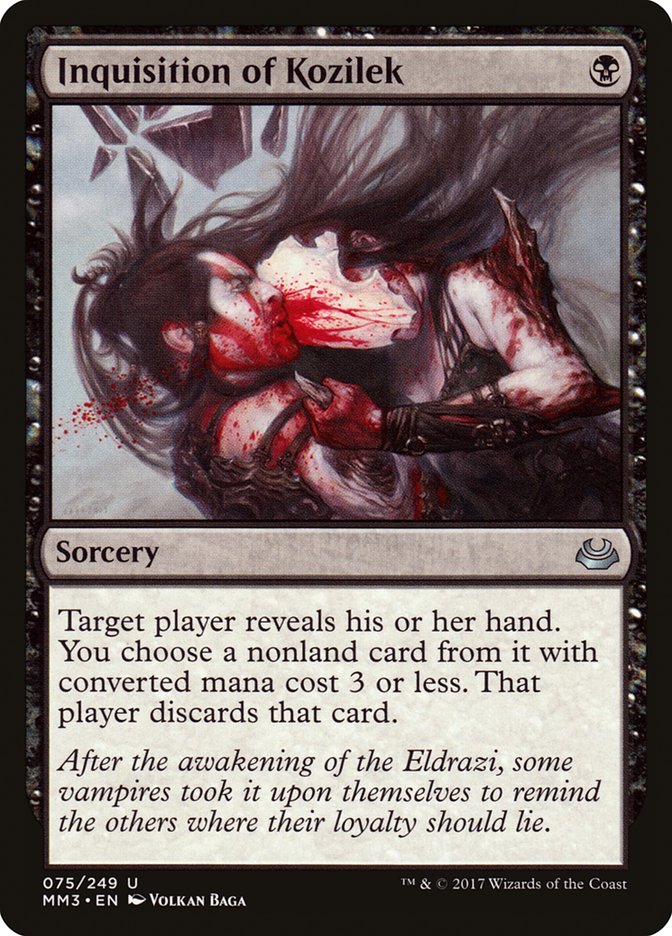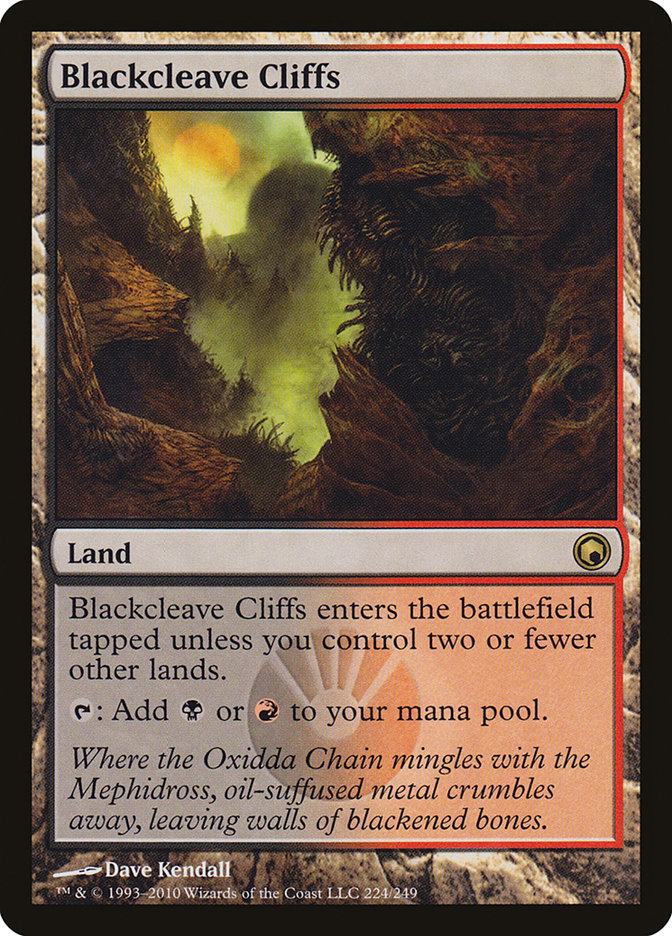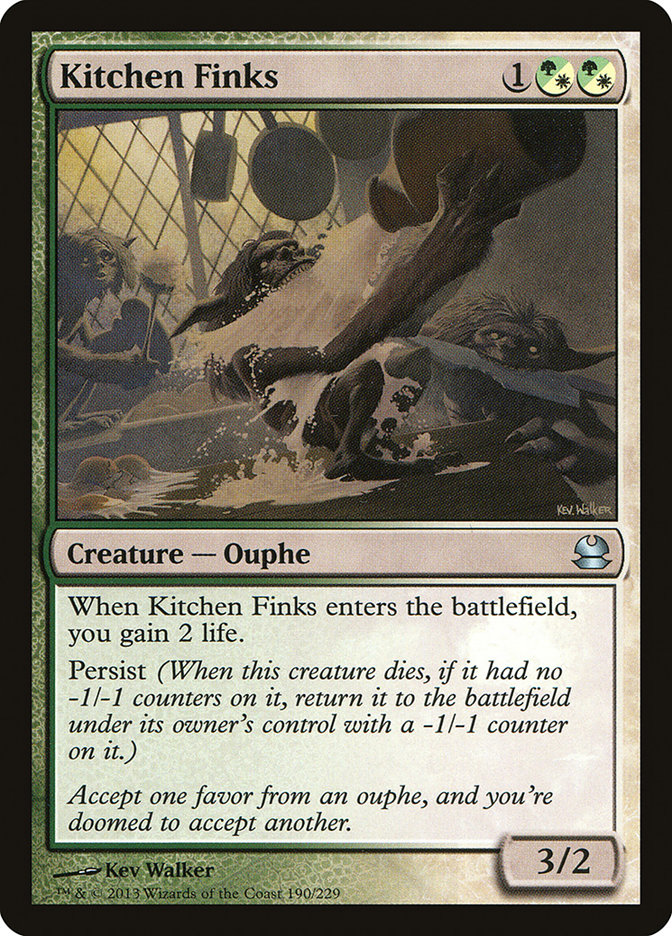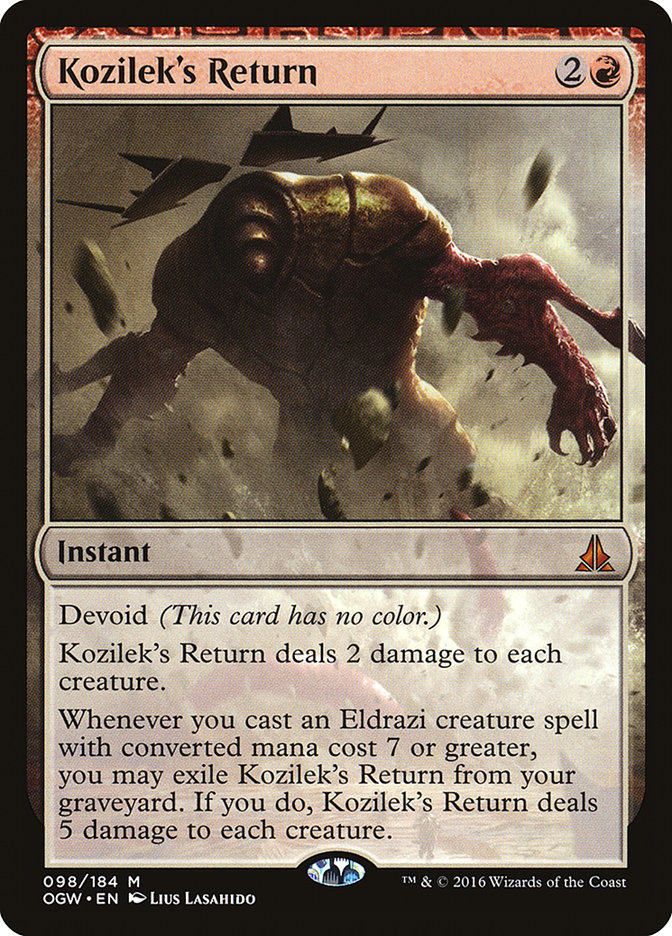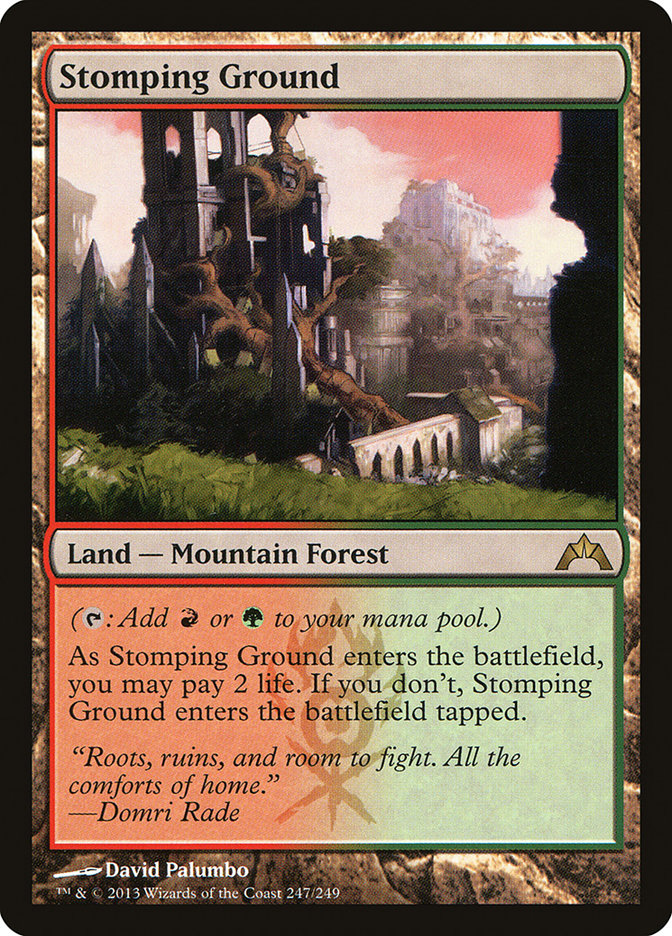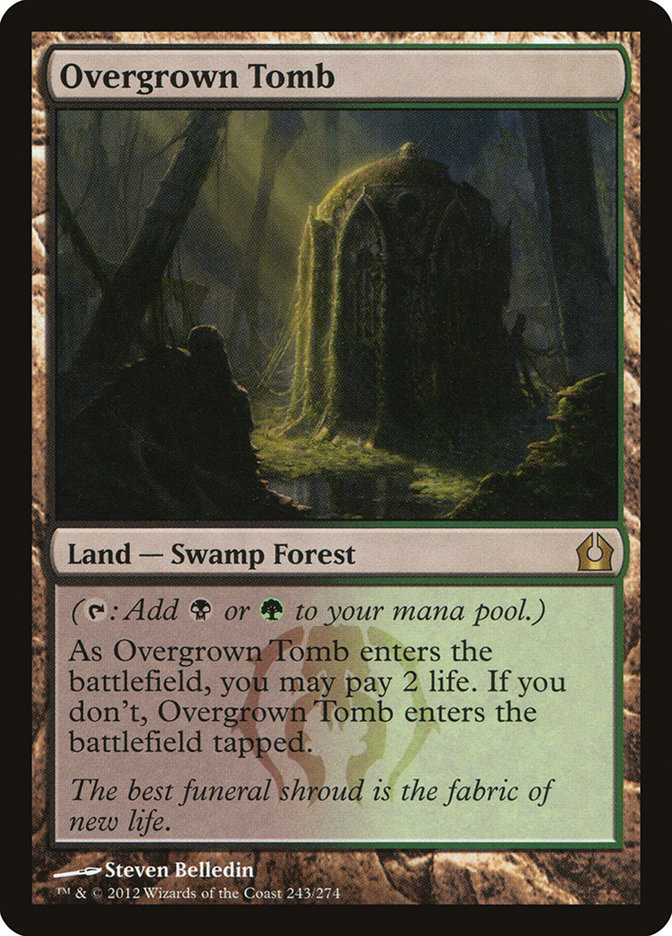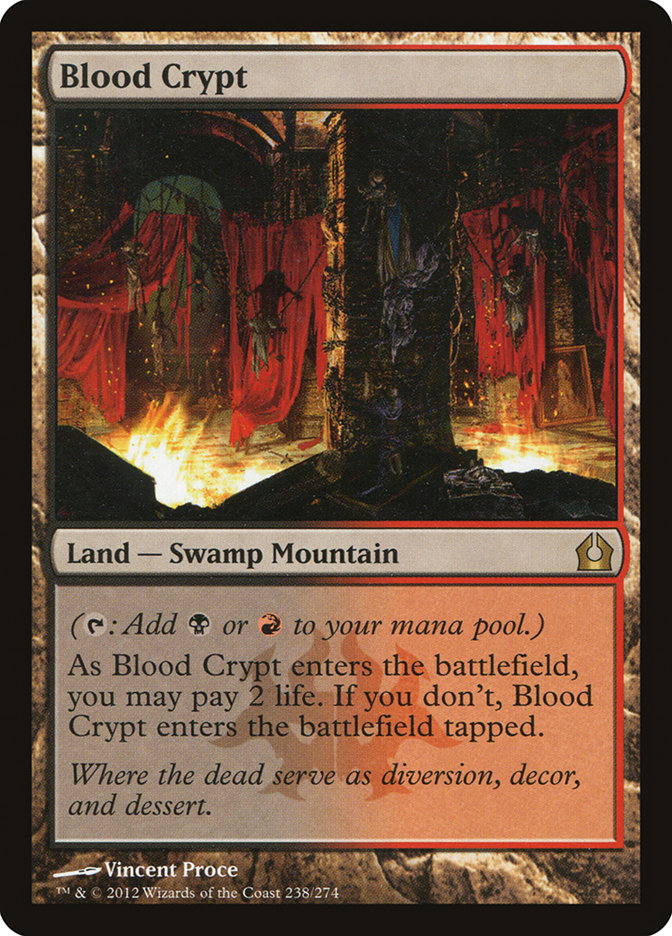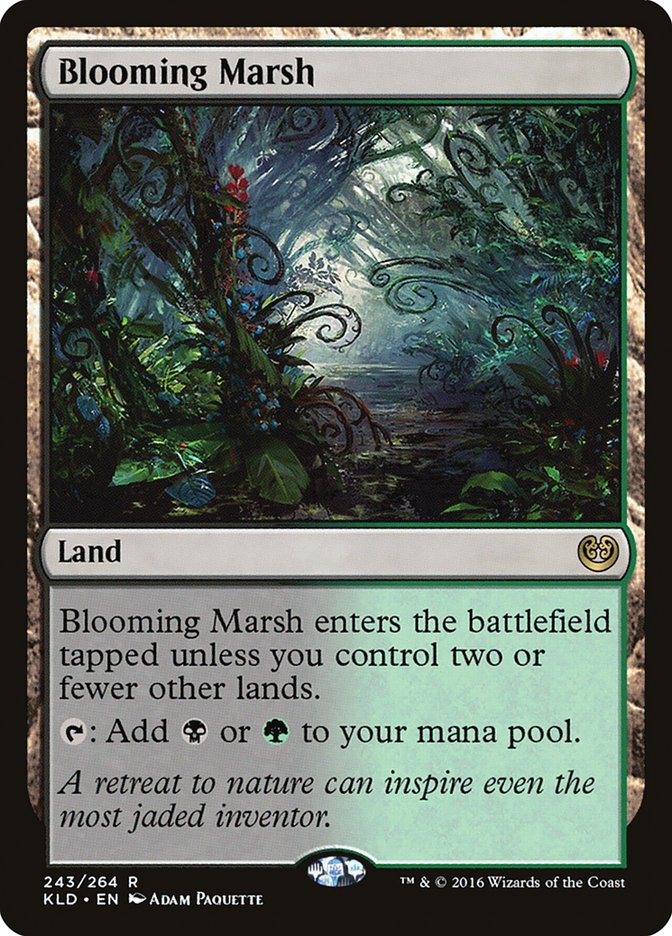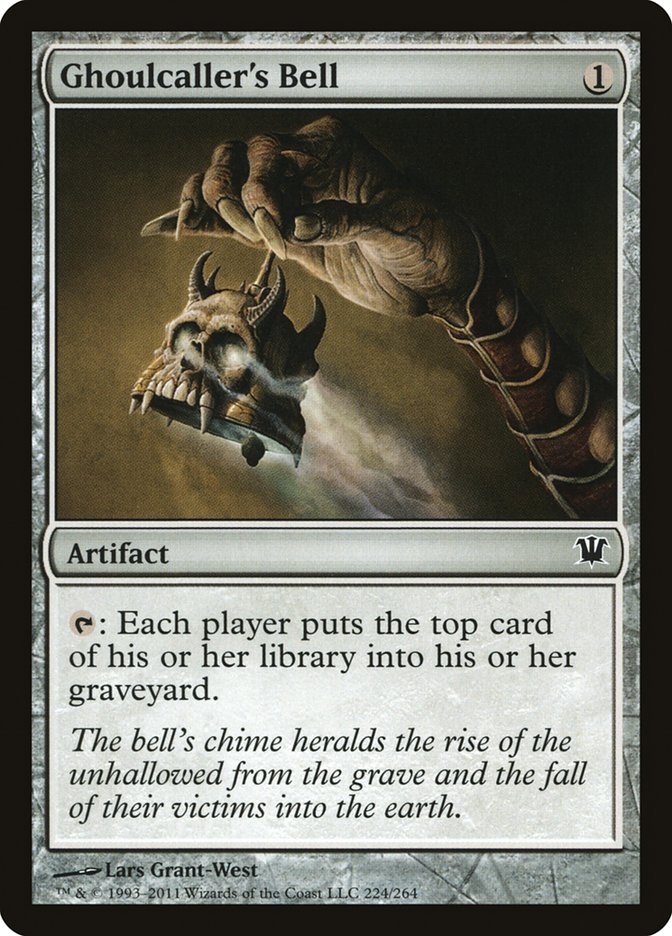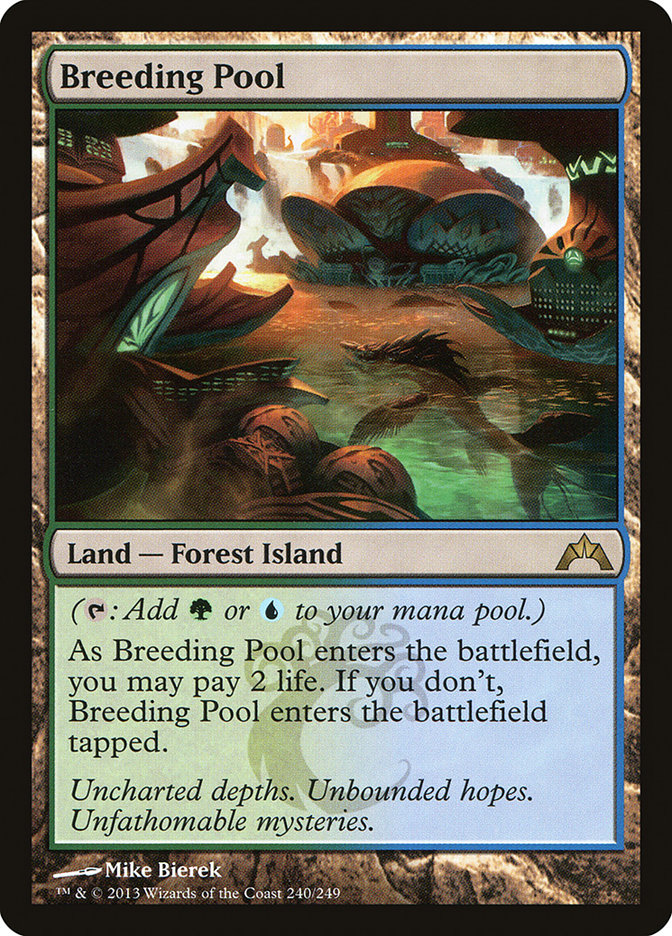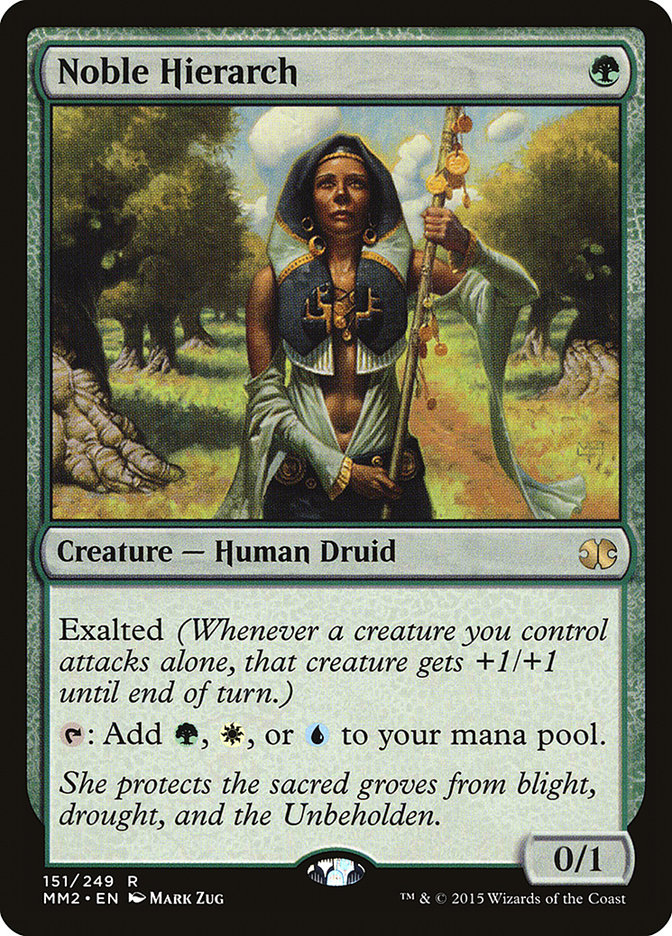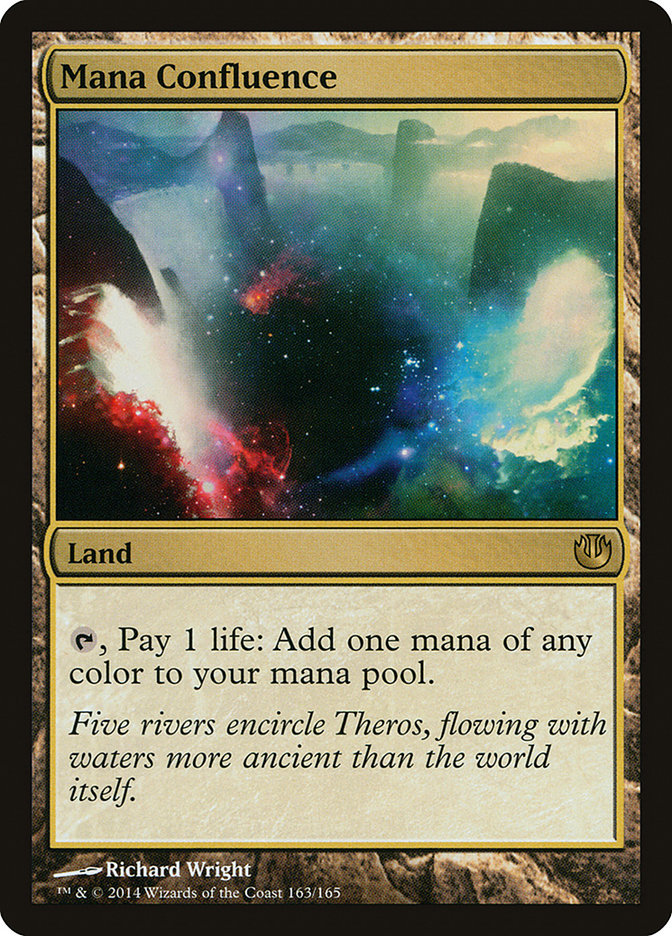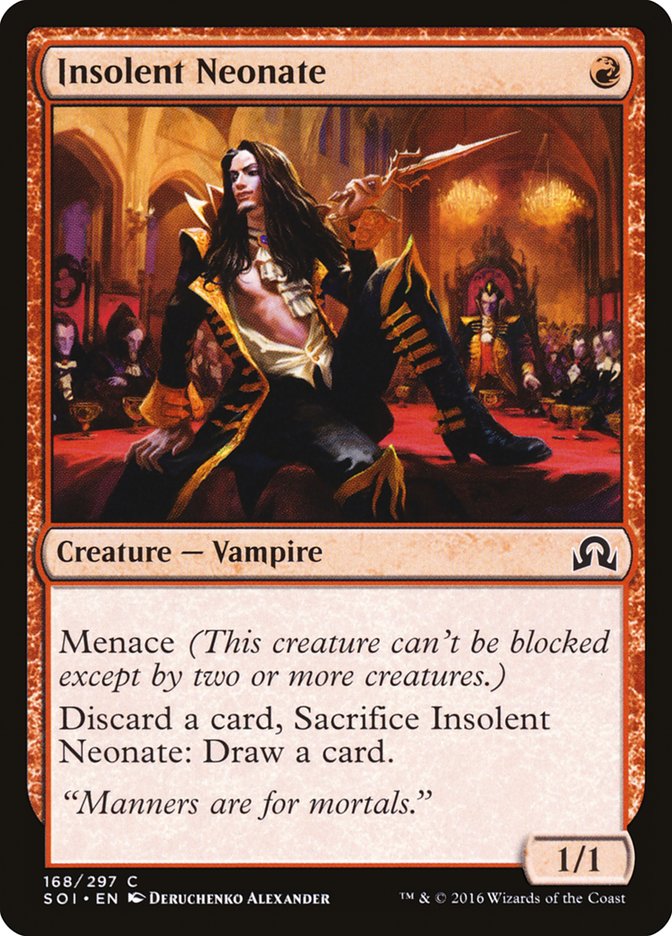Team events are great. Everybody loves them. Spending all day hanging out at a Magic tournament with your best Magic-playing friends is about as good as it gets. At the end of the day, though, these events are still tournaments that need to be prepared for.
Grand Prix San Antonio is approximately a week and a half away, so this isn’t the most topical piece I’ve ever written, but it’s on preparing for the event. Waiting until two days before the Grand Prix hardly makes any sense.
Dedicating an entire article to understanding the format may seem a bit out of place, but the refined rules for Team Unified Modern are a beast that the general public hasn’t really had the opportunity to play with. The updated rules on Team Unified Constructed can be found here, and for those on mobile (or who are just a little too lazy to click the link), it can be summarized with this:
Team Constructed tournaments use Unified Deck Construction rules: With the exception of cards with the basic supertype or cards with text that specifies otherwise, no two decks on a team may contain the same card, based on its English card title. (For example, if one player is using Naturalize in a Team Constructed tournament, no other player on that team may use Naturalize in his or her deck.)
This might sound relatively easy to achieve in a format as diverse as Modern, but there are a lot of cards that see play in multiple decks. Finding out how to place evergreen staples like Lightning Bolt, Thoughtseize, Path to Exile, and Serum Visions is hard, and properly placing sideboard hosers like Hurkyl’s Recall, Kor Firewalker, and Crumble to Dust isn’t easier.
Metagaming
People regularly talk about metagaming for tournaments and predicting what kinds of decks are going to show up, and this kind of tournament is no different. What is different is the restrictions on what decks are more and less likely to show up.
It’s a common trap to try to just find as many normal decks that are playable in a typical Modern tournament and make those work as reasonably as possible. That just isn’t the case. Outside of the deckbuilding concessions made to compensate for teammates’ decks, there are some changes that should be made to specific lists to adjust for what other people are more likely to bring.
Creatures (7)
Planeswalkers (7)
Lands (19)
Spells (27)

People are significantly more likely to bring synergy-based archetypes to this tournament than they normally would be. Tron, for example, is a pretty reasonable call for a Modern tournament as it is, but the fact that it plays zero fetchlands and zero shocklands makes it take less away from other decks. Ancient Stirrings and Ghost Quarter are the biggest cards that bleed into other archetypes, and it isn’t hard to take other decks.
The three-color midrange and control decks are less likely to show up than they normally would be. A couple of weeks ago, I touched on these grindy decks being a great answer to Death’s Shadow midrange, but look at this deck:
Creatures (6)
Planeswalkers (4)
Lands (23)
Spells (27)

This deck takes so many different cards! If someone registers this deck, their teammates lose:
- Scalding Tarn and Flooded Strand
- Ghost Quarter
- Two of the best one-drop removal spells in the format
- Snapcaster Mage
- Two of the best hate cards in the format
- Most of the best counterspells in the format
That’s one of the lower offenders! Think of a typical Jund midrange deck:
Creatures (14)
Planeswalkers (4)
Lands (24)
Spells (18)

This deck takes a similar amount from different places. Let’s take a second and think of all the decks that would suffer if a player decided to sleeve up this Jund list:
Most slower black decks are out of the picture. Death’s Shadow, Lantern Control, and
There goes a majority of Zoo archetypes. Fair green creature decks? Nope.
The Griselbrand decks almost require Blackcleave Cliffs in order to function. The fetch/shock interaction costs too much life and is a non-bo with Griselbrand’s ability.
Can’t play anything like Abzan Company or sideboard Kitchen Finks in white decks.
This could put a dent in G/R Tron, making it impossible to Flashback Kozilek’s Return with a World Breaker or Ulamog, the Ceaseless Hunger.
So much for playing another fair red deck. Burn is off the table, and short of R/W Prison, it’s hard to imagine a fair red deck leaving home without Lightning Bolt.
I’m not going to eat our mutual time listing every single deck that needs these lands to function.
I could go on and on. The point is that these decks tend to be piles of generic good cards, and that isn’t as feasible when three different people have to divvy the good cards among themselves. This leads to decks that are more themed becoming more popular. In this vein, there are a few “gimmes,” decks with a lower number of staples that people jump towards.
Creatures (5)
Lands (20)
Spells (35)

As far as widely playable cards go, this deck has… two. Only losing access to Serum Visions and Leyline of Sanctity is more than slightly attractive. Look at that manabase! Zero shocklands, zero fetches, zero creature-lands, and only a Boseiju, Who Shelters All out of the sideboard in the way of colorless utility lands.
Creatures (27)
- 4 Arcbound Ravager
- 4 Ornithopter
- 1 Master of Etherium
- 4 Steel Overseer
- 3 Memnite
- 3 Etched Champion
- 4 Signal Pest
- 4 Vault Skirge
Lands (17)
Spells (16)

Most of what Affinity is going to take from other players lies in the sideboard. Losing Thoughtseize, Ancient Grudge, Blood Moon, Spellskite, and Grafdigger’s Cage isn’t inconsequential. What is nice is how customizable Affinity sideboards can be, all while keeping the maindeck intact; there aren’t exactly other archetypes that are hurting for Vault Skirge.
Creatures (29)
- 2 Kira, Great Glass-Spinner
- 4 Lord of Atlantis
- 3 Merrow Reejerey
- 4 Silvergill Adept
- 4 Cursecatcher
- 4 Master of the Pearl Trident
- 4 Master of Waves
- 4 Harbinger of the Tides
Lands (19)
Spells (12)
Sideboard

Similar to Affinity, most of the things that Merfolk is going to take away from other archetypes lie in the sideboard. The Ghost Quarters in the maindeck can end up mattering, as can Dismember, but overall the deck is a pile of cards that nobody else is going to miss.
What is reasonable to prepare for in these tournaments are what I like to call “Diet Midrange Decks.” These archetypes are similar to the tri-color decks I mentioned before, but they shave a color in order to hog fewer staples:
Creatures (8)
Planeswalkers (1)
Lands (26)
Spells (25)

Despite being incredibly similar to the aforementioned Jeskai Control list, this deck would allow teammates to play Burn or Jund without much issue, whereas the Jeskai list taking Lightning Bolt and Lightning Helix would give both decks issues. It wouldn’t be surprising to see some sort of B/G Midrange deck, similar to this Worlds 2013 list, show up:
Creatures (16)
Planeswalkers (6)
Lands (24)
Spells (14)
Sideboard

In the same way that U/W Control frees up red cards, so does this deck. The deck seems like a reasonable way to combat an uptick in combo and unfair strategies. Playing
Strategic Edges
I’m going to start this section off with the most common issue I regularly see in team tournaments: For the love of everything good in this world, shuffle your deck without pointing the faces of your cards towards the opposing team. There have been cases where I’ve accidentally benefitted from this, there have been times where a teammate flashed an important card to an opposing teammate (who then fed the information to their opponent), and there have been conflicts of interest where I (in Seat A) would try to watch the match being played at Seat C and see a card in the opposing Seat B’s deck that I wasn’t supposed to know about.
It’s a morally complicated and crummy situation that’s incredibly easy to avoid. Try to make it a habit to shuffle with the faces of your cards facing the table. It helps eliminate any suspicions of foul play and hurts the chances that your opponents will gain any information that they aren’t supposed to have.
If your teammates begin playing games while you are still mulliganing, you can use that information to your advantage. If your opponent’s teammate leads with an Inquisition of Kozilek, it means your opponent can’t have Inquisition of Kozilek. The same is true for the vast majority of cards, but that can be true for entire sections of cards.
Blooming Marsh into Ghoulcaller’s Bell implies that there isn’t another fair black and green deck at the table.
An opponent leading on Breeding Pool and Noble Hierarch signals a lack of Abzan Company or Scapeshift.
This opening can tell its own story. Recent iterations of Dredge decks have moved to a fetch/shock manabase, and if someone is playing more copies of five-color lands, it implies they are trying to let one of their teammates play the fetches and or shocks that they want. There is likely another deck that needs a plethora of red fetchlands, some combination of Jund-colored shocklands, or Jund-colored fetchlands.
This opening is also going to remove the possibility of other Faithless Looting decks. Keeping note of this will help you and teammates be aware of how important their maindeck answers to unfair archetypes are.
Picking Your Poison
At this point it’s hard to tell what is correct to do. Card availability is going to be an issue to a lot of people, and changing entire archetypes in the course of a week isn’t realistic. For people who have multiple decks in Modern, this isn’t as much of an issue, but understanding why certain decks are better are worse than others is important.
I won’t be attending San Antonio and don’t have a team as a result. This gives me the luxury of being in control of an entire team’s worth of decks to be registered and allows me to use those selections as a writing tool to explain what one should prepare for in this tournament. If there were to be an “Emma Handy x3” team (Instead of my faithful #TeamSnuggleQuest), this would be our configuration:
Creatures (14)
Lands (20)
Spells (26)

To anybody who has been following me for any semblance of time, it’s no secret that I love Infect and have a bias towards it. That being said, Infect tends to have fantastic matchups against the synergy decks.
Merfolk? Pretty favorable.
Tron? Great matchup.
Ad Nauseam? One of the most lopsided matchups in the format.
Affinity? Great matchup as long as Ghirapur Aether Grid is answered.
This list is shifted towards punking people out of the game and taking advantage of the lowered number of fair decks expected. With a lower number of Jund, Jeskai, and Grixis decks, Blossoming Defense loses a lot of value, and with an uptick in unfair decks, Spell Pierce becomes better.
Despite Gitaxian Probe being gone and the deck requiring a bit more finesse than before, Infect is still a very real contender. If you aren’t sure, just ask Aaron Barich about #SCGDFW last weekend.
Creatures (15)
Lands (19)
Spells (26)

Death’s Shadow is the best deck in Modern right now. I don’t honestly know if Death’s Shadow Jund, Death’s Shadow Jund featuring white cards, Grixis Death’s Shadow, or Grixis Death’s Shadow with Delver of Secrets (aka Delver Shadow) is the best, but it seems intuitive to me that the variant with Delver of Secrets would be the best for this tournament. Compared to the other variants, this version of Delver does two things exceptionally:
- It doesn’t take up as many cards from the other archetypes as the Jund variants of Death’s Shadow.
- Delver of Secrets makes this deck better at positioning itself against the unfair decks.
To expand upon the second point, while I was streaming the deck with Ryan Overturf, he said something to the effect of “I prefer Delver to other Death’s Shadow variants because the countermagic makes it more effective against the nonsense that tends to pop up in Modern.”
Compared to the more typical lists of this deck, this version has the Ceremonious Rejections in the sideboard to respect the colorless decks that people are a tad more likely to bring than they otherwise would. It’s possible the Ceremonious Rejections should just be something more pointed at artifacts, but answering cards from Tron and Eldrazi variants gives it the nod in my hypothetical “If I had to register a deck tomorrow” scenario that I’m presenting.
Creatures (25)
- 4 Golgari Thug
- 4 Stinkweed Imp
- 4 Narcomoeba
- 1 Scourge Devil
- 4 Bloodghast
- 4 Prized Amalgam
- 4 Insolent Neonate
Lands (18)
Spells (16)

As with Infect, the death of Dredge has been greatly exaggerated. The unfortunate circumstance with this configuration is that this Dredge deck can’t play Bloodstained Mire or Blood Crypt; Delver Shadow needs them more. In these styles of tournaments, there is bound to be a concession or two made to card availability, and outside of those lands and the hand disruption in the sideboard (that would prefer to be Thoughtseize), this deck is set up incredibly well for what is likely to show up.
There are only a handful of playable graveyard disruption cards, and it’s still possible for Dredge to play through them. When people talk about the synergy-based decks, the colorless-rooted artifact decks always fight their way to the front of the conversation. People are going to be prepared for these decks. Every single team is going to have someone with Stony Silence, someone with Ancient Grudge, someone with Hurkyl’s Recall, and so on. Rather than play one of the artifact-based decks that people are likely to be overprepared for, it’s better to proverbially put eggs in this basket.
Given some more time to prepare, I’m not 100% certain that these are the exact lists I would settle on, but after a significant amount of deliberation, I’m confident that this configuration of archetypes is wonderfully position against what people are planning to bring.
At the end of the day, Modern is a format that rewards the specialists and understanding what everyone can bring to the table. San Antonio will be an important weekend to remember the curveballs that people can throw. Condemn is more likely to show up, Duress is going to be more popular than it would be otherwise, and Blood Moon hopefully a bit less popular.
Most importantly, people enjoying Magic with friends and loved ones is likely to make a big showing. Modern is wonderful, and sharing that wonder with friends is the most sure-fire way to make the weekend a success, regardless of one’s win-loss ratio.


